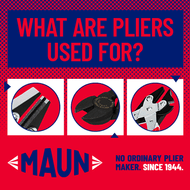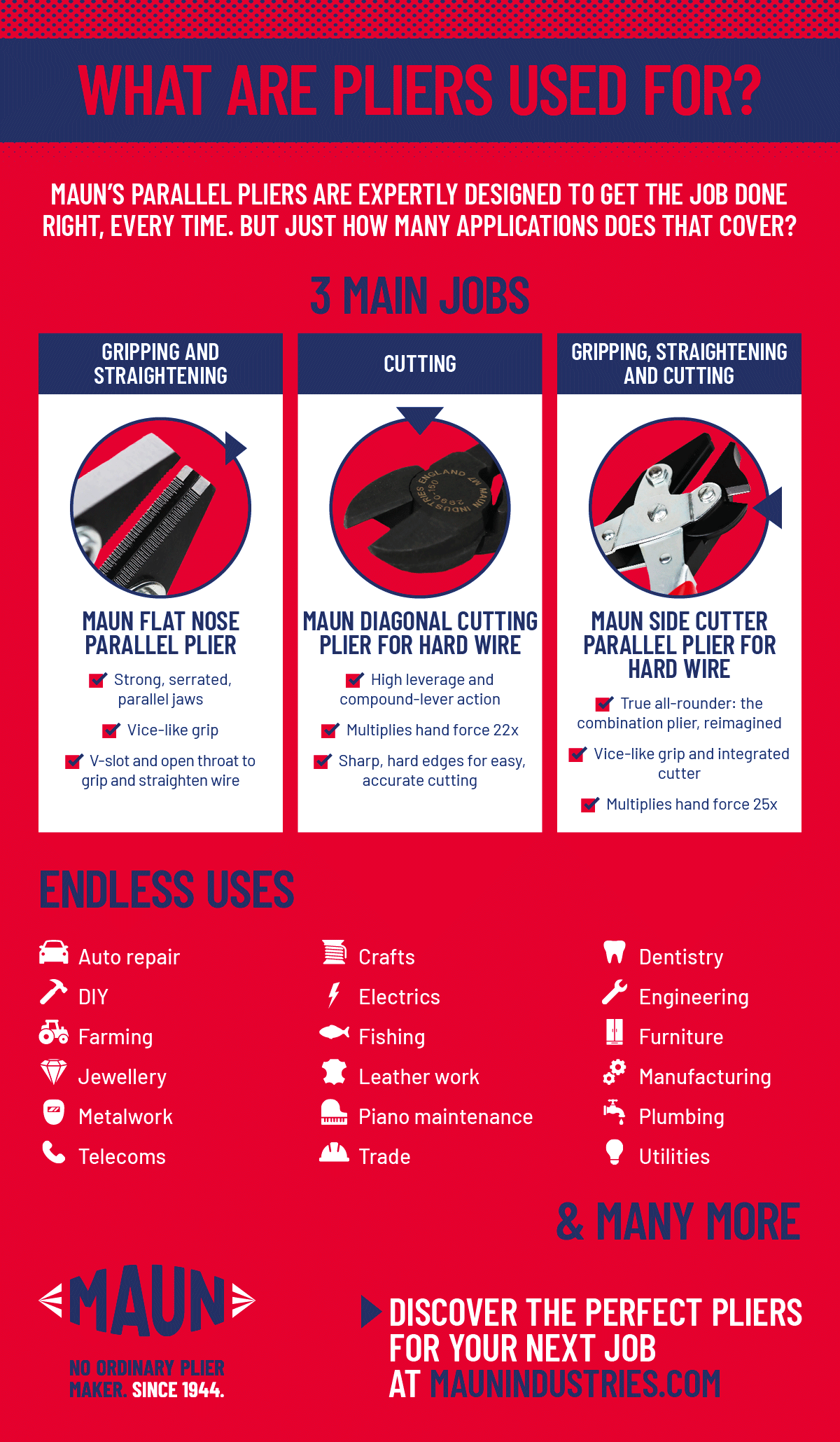What Are Pliers Used For?
3rd Jul 2025
Every DIYer, crafter and hobbyist worth their salt knows that a good set of pliers is a toolbox essential.
We all know we need them. We all use them. But what other jobs could pliers help you with? And what do pliers do that they’re not yet doing for you?
Well as it turns out, quite a bit.
At Maun, we’ve been making exceptional tools since 1944. Over nearly 80 years, our pliers have been used for all sorts of tasks. From the obvious gripping of fastenings, wires and rods, to jewellery making, furniture building, fishing, farming and more.
So we’ve listed a few key examples of what a plier is used for below. To help you get inspired. Make the most out of your tools. And get more jobs done, faster.
What are pliers used for?
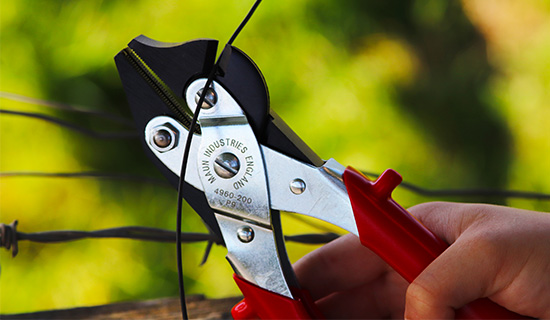
Pliers are primarily used to grip objects with more force than your hand can apply on its own.
There are some variants like combination or cutting pliers that are used to cut through tough materials, as well as more specialist tools use to grip delicate items like jewellery.
They are made in a variety of different sizes and shapes, and there are different plier types for many different uses.
There are those designed for gripping objects like rods or pipes, as well as those for gripping and twisting wires, diagonal pliers for cutting, as well as combination pliers designed for gripping and cutting hard wire.
Insulated pliers have handles that protect the user from live electrical current.
There are also sub-types of these pliers designed to do specific tasks.
Pliers for gripping
Gripping, scissor-shaped pliers are the basic design that you’ll find in most DIY shops. A multi-purpose hand tool, their crossed metal limbs provide extra leverage for tricky tasks.
So what are parallel pliers used for? In short: the same thing, but better.
Thanks to their compound box joint system, parallel pliers grip along the full length of the jaw – not just at one point. This makes them useful for all sorts of jobs, for example:
Flat Nose Parallel Plier: Securely gripping square and hexagonal nuts, bolts and fastenings, and firmly holding wires and rods. The strong, serrated jaws make these ideal for electrical jobs, metalwork and other fiddly DIY tasks.
Smooth Jaws Flat Nose Parallel Plier: Holding and working on easily damaged craft pieces or jewellery, thanks to the smooth jaws that don’t mark.
Watch our Smooth Jaw Parallel Plier in action here.
Clamping Parallel Plier With Plastic Jaw Inserts: Freeing up your hands by clamping delicate work pieces in place, with plastic jaw covers to protect your design.
Pliers for straightening or bending wire
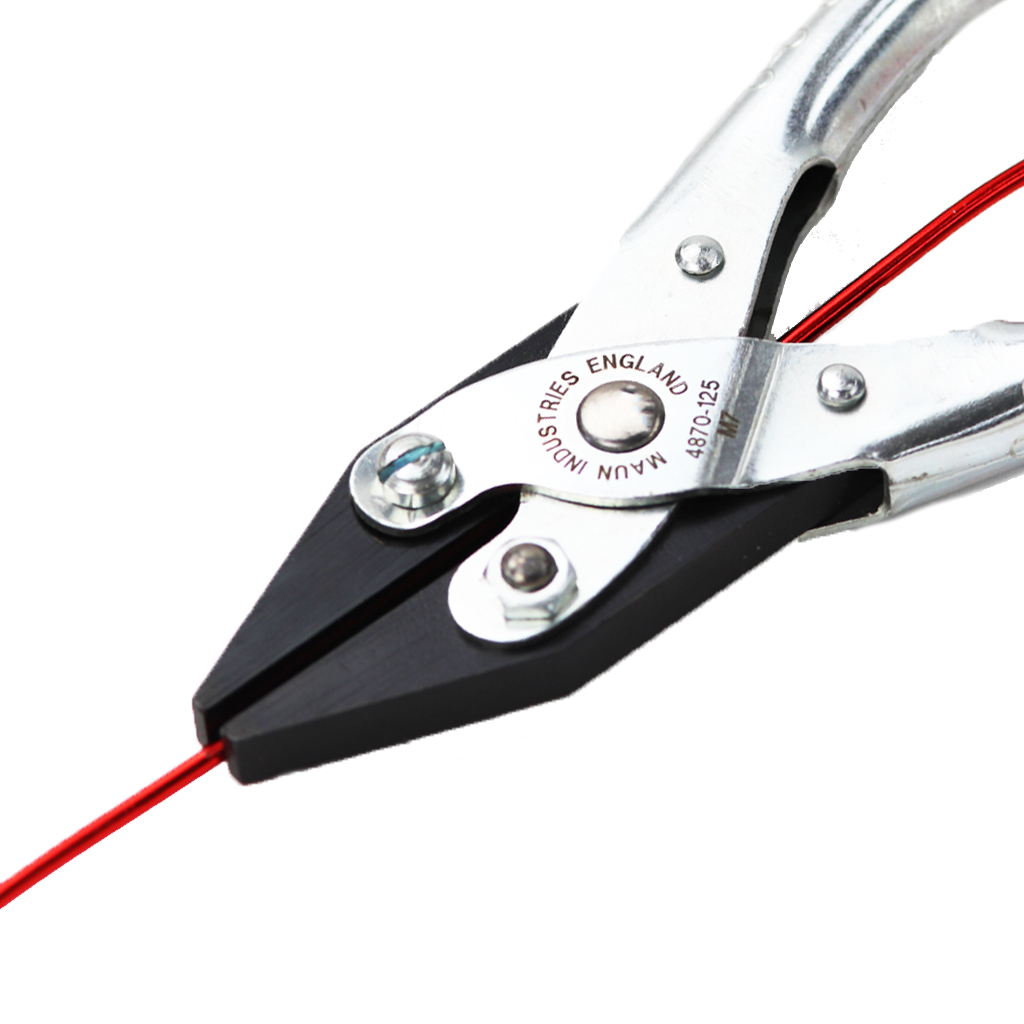
As well as holding things in place, you can also use pliers to move things around. Feed a length of wire through the open throat of your parallel pliers, and you can straighten, bend and smooth it to your heart’s desire. You’d be surprised just how many uses this has…
Side Cutter Parallel Plier for Hard Wire: From careful work with electrical wires, to manipulating metalwork and furniture pieces, the possibilities are endless.
Fencing Pliers: Farmers, livestock owners and fencing professionals use these to install and repair all types of fencing – especially electric fencing.
Watch our Fencing Plier in action here.
Round Jaws Parallel Pliers: At the smaller end of the scale, these are specially designed to shape soft metal wire into loops – perfect as jewellery-making pliers and for other hobbies. We have a special range of mini pliers here.
Pliers for cutting
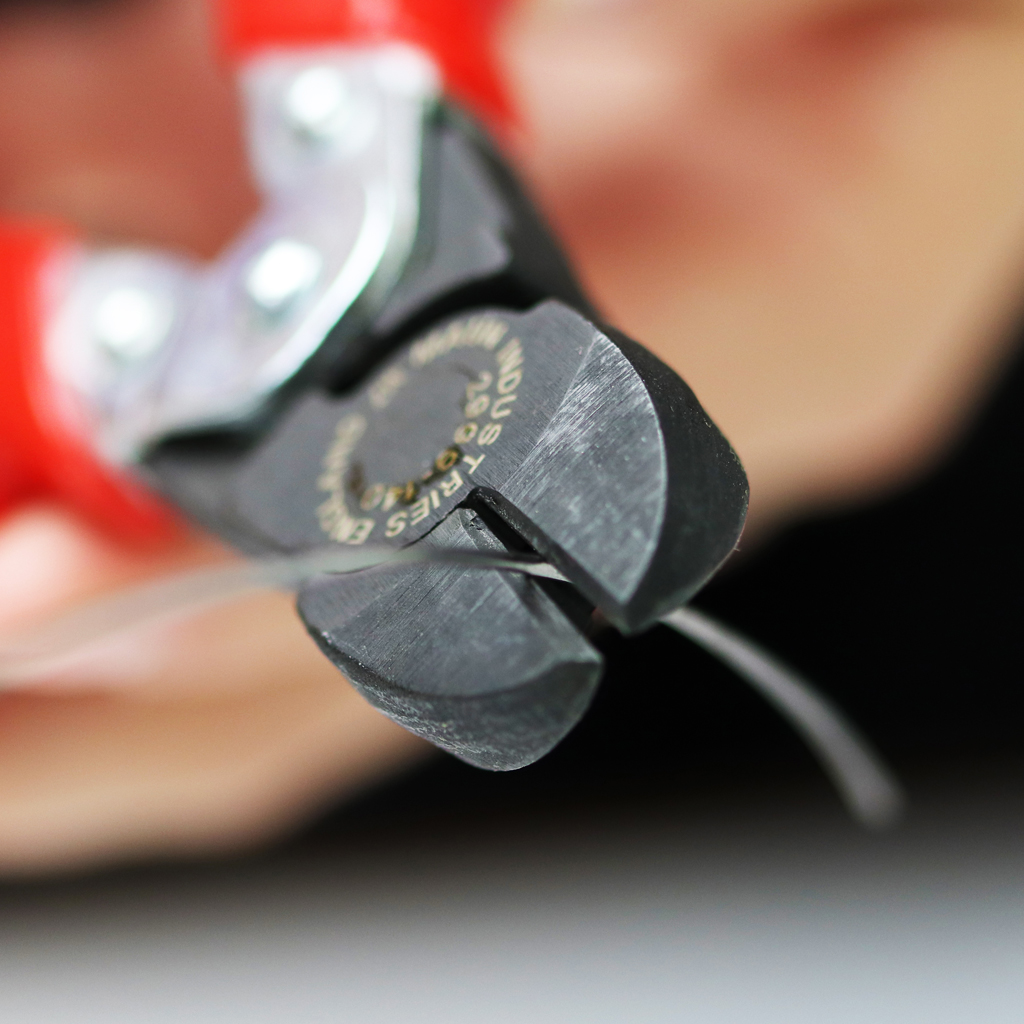
Finally, pliers can be used to make easy work of cutting hard wire.
But do you really need a professional-quality tool for odd jobs around the house?
If you’ve ever had an aching hand from using poor-quality tools again and again, you’ll know the answer is yes.
Some of Maun’s cutting pliers can even multiply the force of your hands by 20 to 25 times. A truly impressive way to tackle difficult tasks with minimal effort – and get a professional finish too.
Just look at the range of potential uses…
Side Cutter Parallel Plier For Hard Wire: From sports fishing to furniture building, and even installing or replacing mattress springs, you never know when these heavy-duty cutters will come in handy.
Watch our Side Cutter Parallel Plier in action here.
Diagonal Cutting Plier: Braces gone awry? Piano needs re-tuning? Mending something electrical? This sharp, high-leverage plier is incredibly versatile, ultra-compact, and will prove its worth again and again.
Watch our Diagonal Cutting Plier in action here.
End Cutting Pliers: Building or repairing something made of metal? These clever cutters are your guys. High-leverage and compact, they’ll multiply your hand strength by 14 times, making easy work of even the toughest wires.
What about all-purpose pliers?
Some people can get by with all-purpose pliers. But nothing beats the feeling of getting the job done right, first time.
That’s why Maun produces such a broad range of specialist tools, designed with specific uses in mind. Because whether you’re a trade professional, a DIY enthusiast, a home crafter, or you’re just indulging a hobby for the fun of it, you deserve to feel pride in your work.
Shop Maun’s full range of parallel pliers today.
Conclusion
Pliers are used for various different tasks, and hopefully this post has helped you understand more about how to use them.
If you have any questions, you can contact Maun via phone or email to get more information.
Want to read other posts? Here's a selection of relevant articles:
- Different Types of Pliers
- What are Pliers Used For
- What are Side Cutter Parallel Pliers?
- Guide to Jewellery Making Pliers
- What are Diagonal Cutting Pliers?
- What are Round Nose Pliers and How to Use Them
- What are End Cutting Pliers?
- What are Fencing Pliers and How to Use Them
- How to use pliers?
- What are parallel pliers
- How To Cut Wire with Pliers
- What are Pliers
- What are combination pliers and how do they work?

